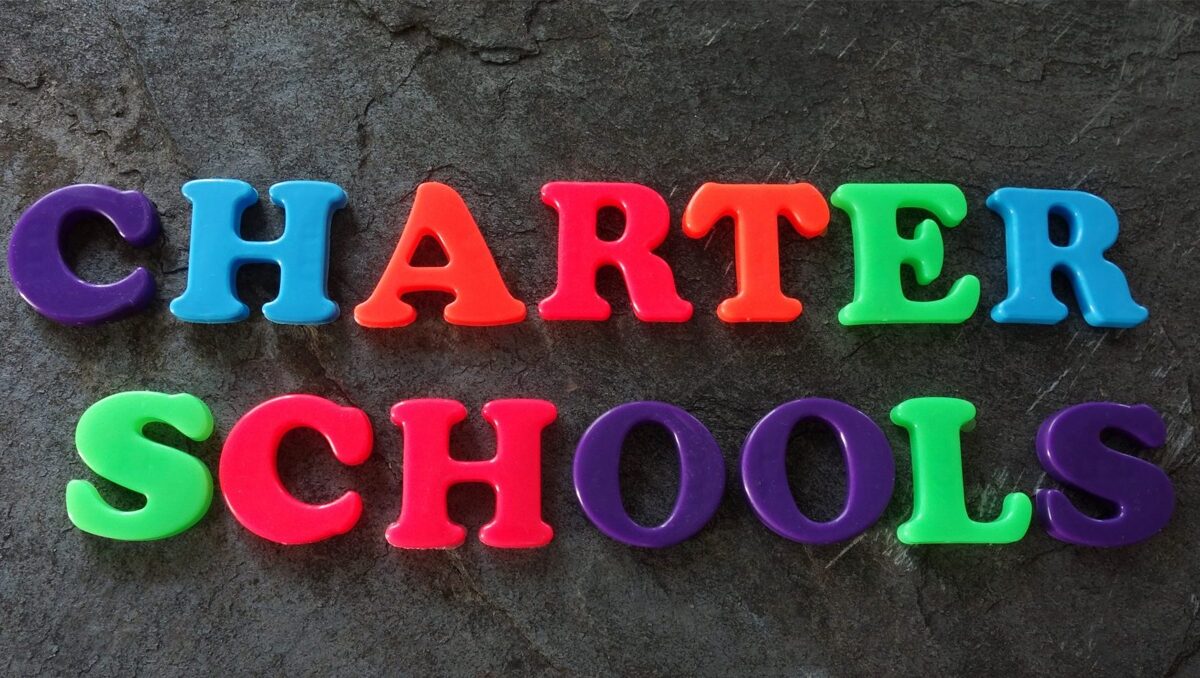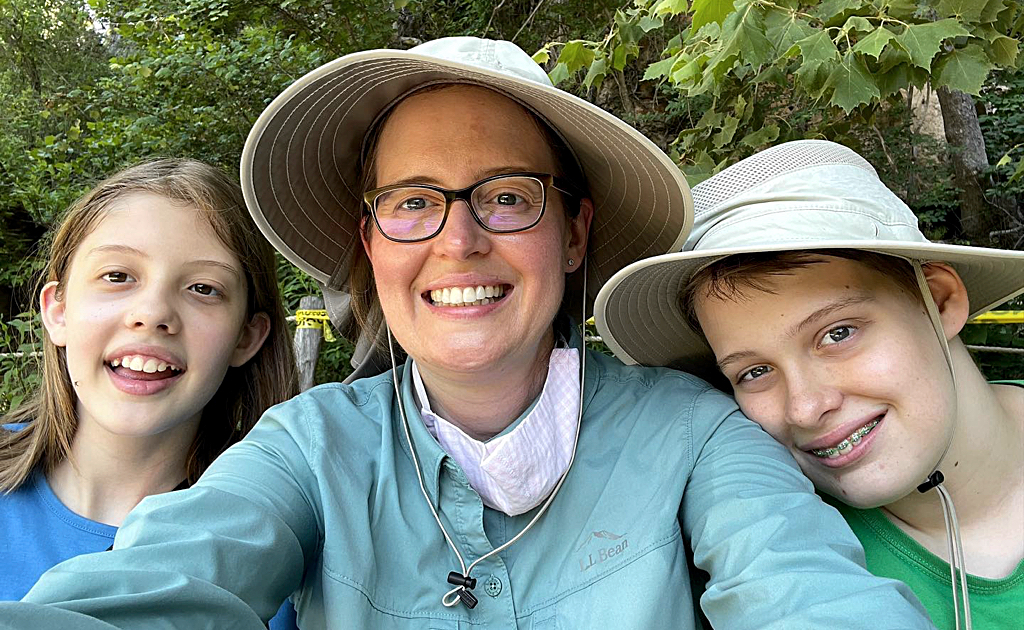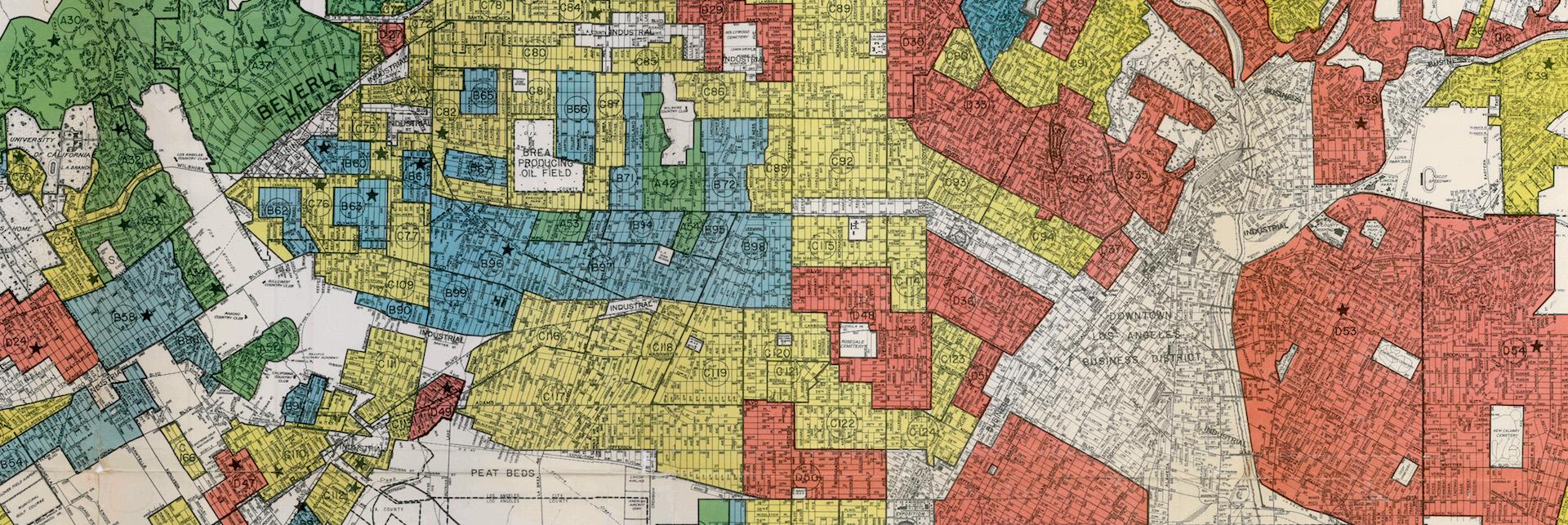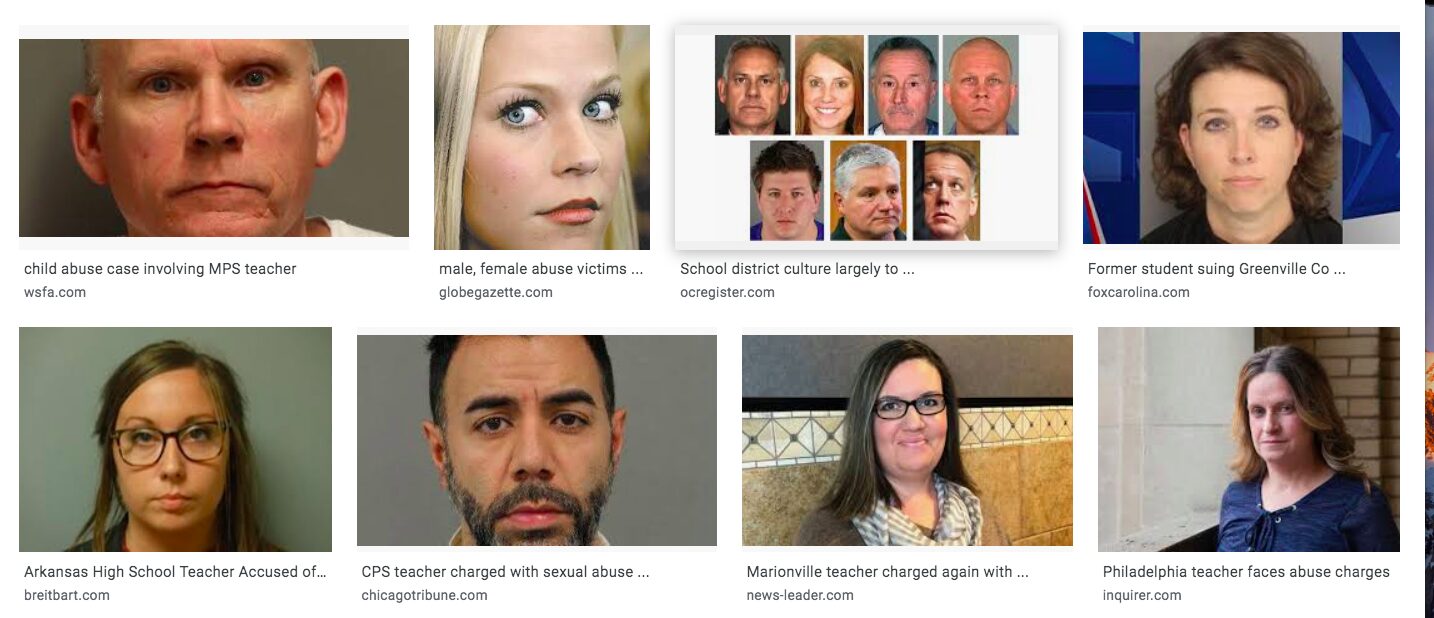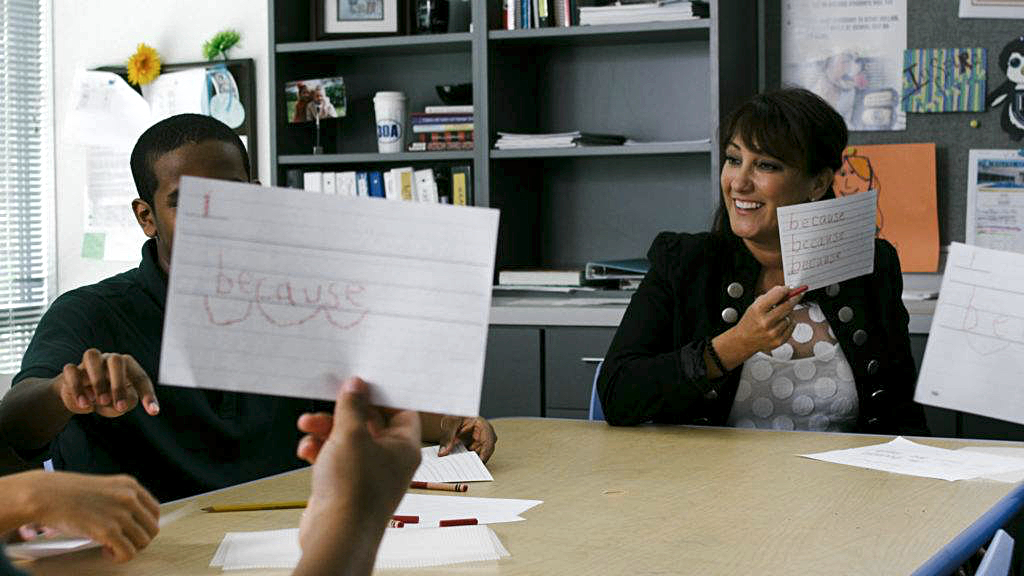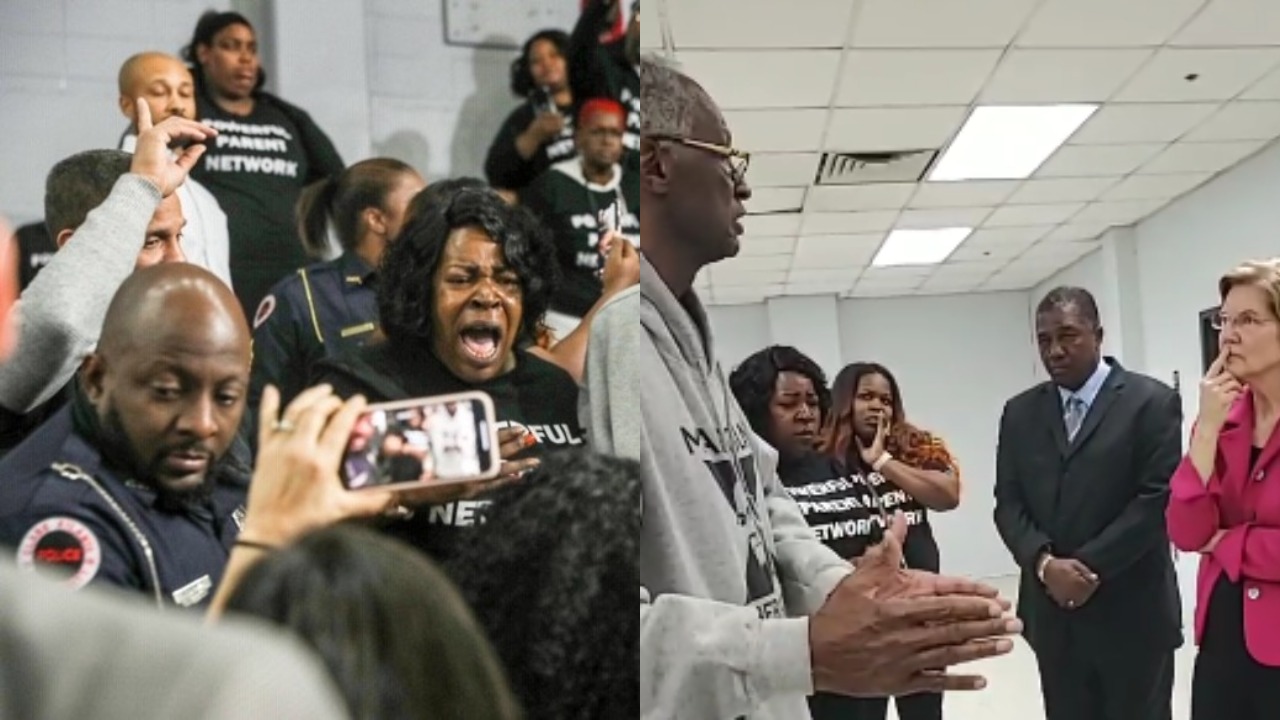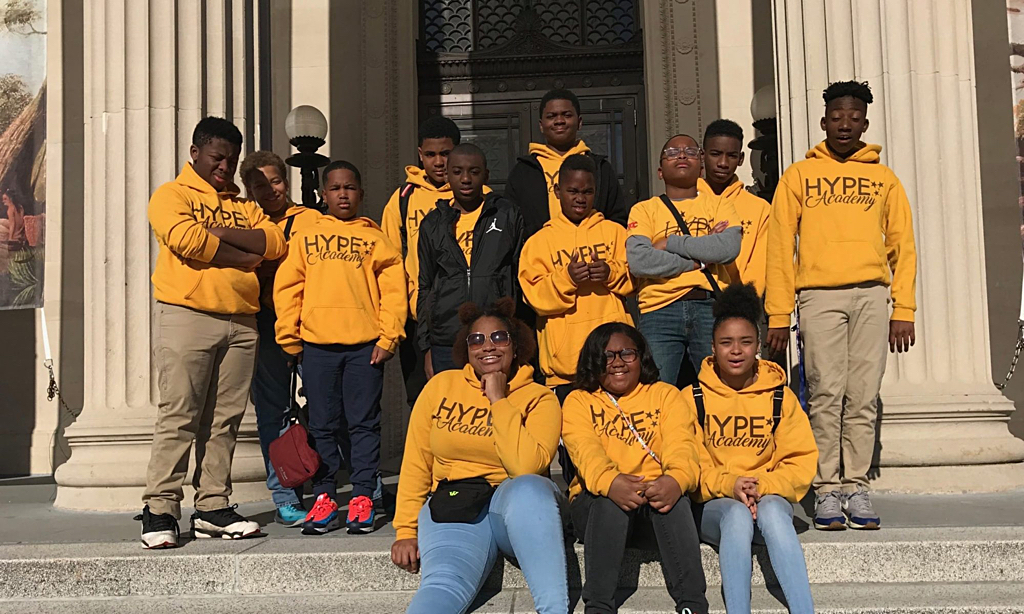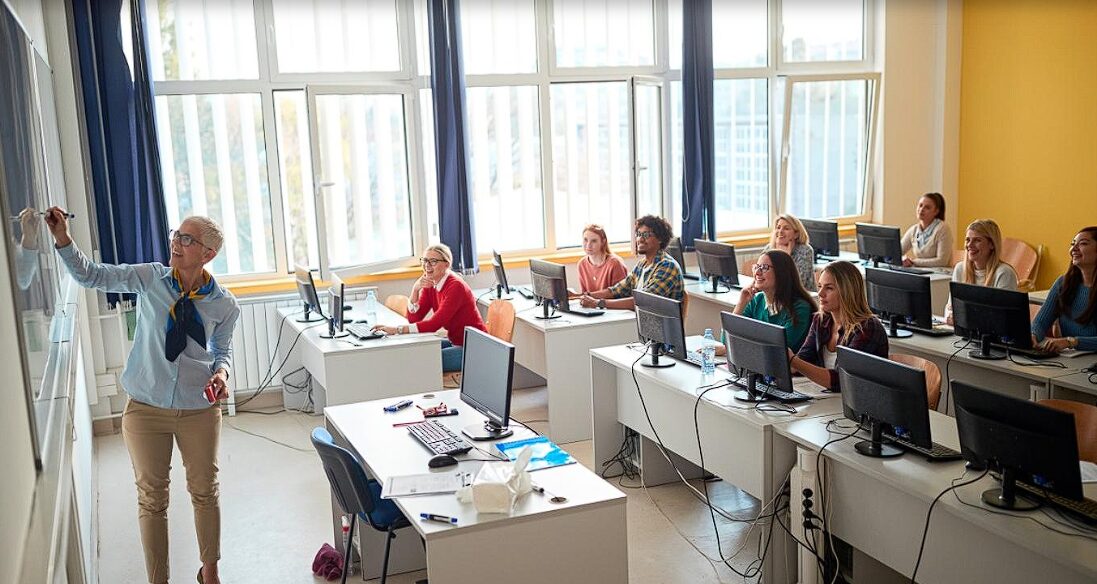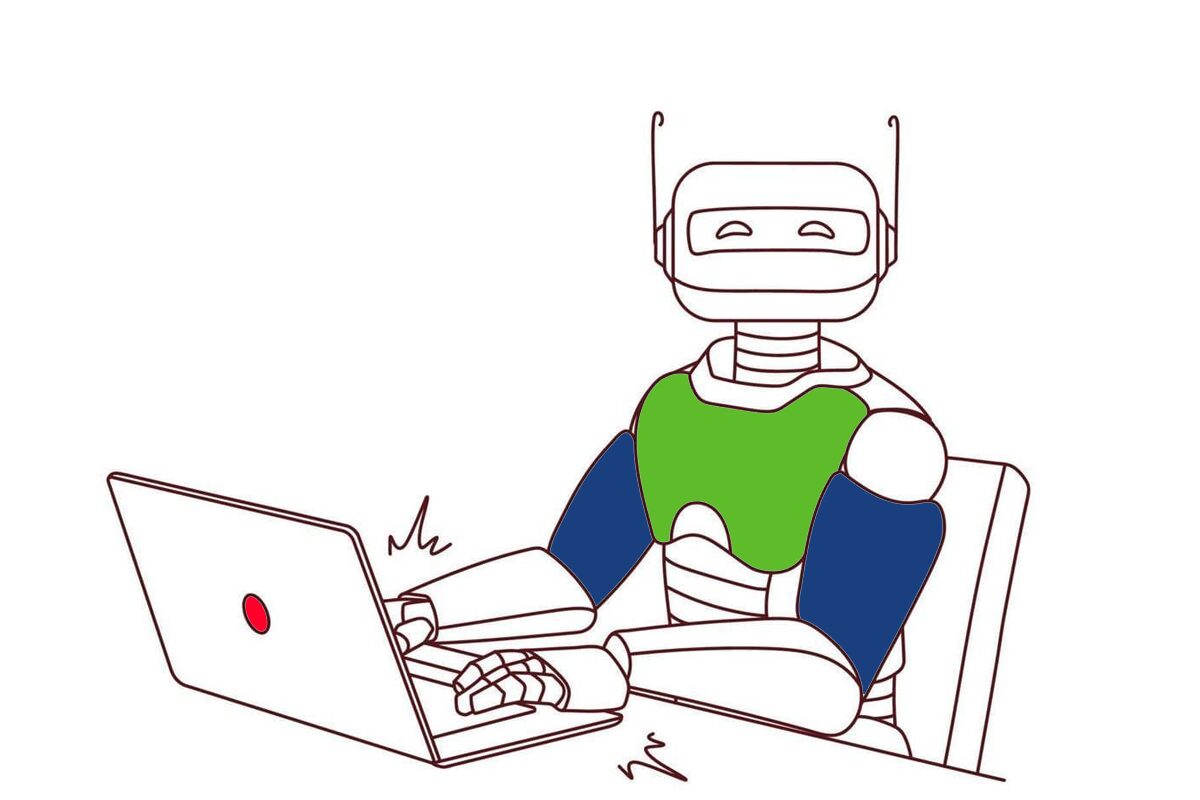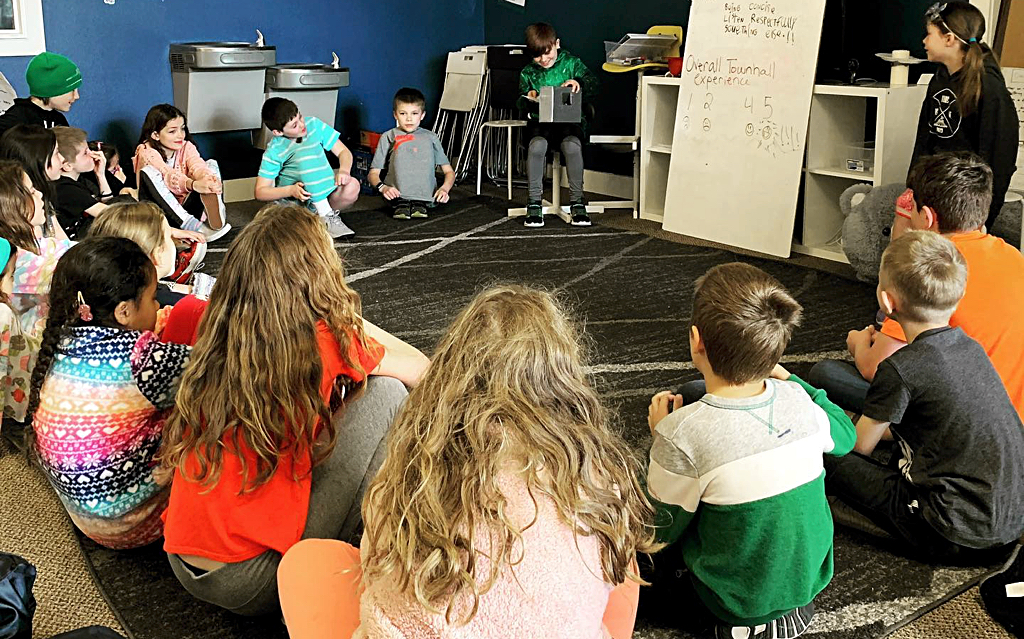
Idaho’s Innovation Classrooms Could Be a New Solution for Families That Want More Say in What Happens at School
Looking for a state that can innovate on education? Give Idaho more than a glance. So argues a new Manhattan Institute policy brief on the advent of microschooling in the Gem State.
For decades, Idaho has been an easy place to homeschool, with few regulations. And Idaho’s many small, mostly rural districts have been unusually flexible and willing to assist homeschooling families. But not every parent feels comfortable taking sole responsibility for educating their children.
In Idaho’s Treasure Valley, home to larger population centers like Boise and Meridian, the majority of parents are happy to send their children to public schools. Even though enrollment declined in 2019-2020, statewide enrollment rebounded this school year, even reversing pre-pandemic declines. But his confidence in public schools does not preclude interest in innovation.
Some parents turned to “pods” or microschools to create a more consistent educational experience for their children.
The pandemic appears to have sparked interest in new schooling models. While Idaho’s rural districts were generally able to reopen fairly smoothly after pandemic closures, Treasure Valley schools experienced more toggling between remote and in-person learning. This led to more parent frustration and interest in creative options to keep kids learning. As happened elsewhere, some parents turned to “pods” or microschools to create a more consistent educational experience for their children.
In response to constituents who wanted to start their own microschools but couldn’t afford to pay a teacher, Idaho state representative Wendy Horman introduced a bill to create “innovation classrooms,” which permit parents to band together and request that their children be taught together by one teacher, who would not be bound by the standard curriculum, allowing for greater personalization. In effect, it would create a microschool inside a traditional public school. The bill passed last spring and went into effect July 1.
Innovation classrooms could provide a creative middle ground between traditional schools and charters.
From a district leader’s perspective, innovation classrooms could provide a creative middle ground between traditional schools and charters. The district would keep innovation classroom students on its rolls, while allowing the teacher, students and families greater flexibility to determine curriculum collaboratively. The new law does insist that innovation classrooms hold themselves accountable to some of the same academic performance measures used by Idaho’s traditional public schools.
Innovation classrooms could offer parents much needed supports—a salaried teacher and space—that are not always affordable or accessible for a small group of families.
From a parent’s perspective, innovation classrooms also offer a creative middle ground between having to create a microschool from scratch and having limited say over how their children are learning. Innovation classrooms could offer parents much needed supports—a salaried teacher and space—that are not always affordable or accessible for a small group of families.
However, whether parents will seize the opportunity—and whether districts will agree to work with them—remains to be seen. As originally proposed, the bill would have required a traditional school district to accommodate parents wishing to launch an innovation classroom. But the bill was amended on the floor of the Idaho Senate to give districts the final word in any decision to create an innovation classroom.
A similar program enacted in 2016, called “innovation schools,” permits a group of teachers to form their own school, assuming district sign-off. However, in the five years since innovation schools became possible, none have actually launched. Given the usual district resistance to change, there’s a strong chance that innovation classrooms could similarly die before they get off the ground. Will parents be able to overcome district reluctance to innovate?
Innovation classrooms could be “an exciting new solution for families that want more say in what happens at school without doing it all themselves.”
First, parents need to know that innovation classrooms are a possibility. State rep Horman and her colleague, state senator Steven Thayn, are already getting the word out to parents and curriculum providers to let them know this new option exists. Next, we’ll see if parents are willing to play hardball to force change. A threat from parents to leave a public school altogether could force its district leadership to approve an innovation classroom. And, given the small size of many Idaho districts, it wouldn’t necessarily take a large number of parents to make a significant wave in terms of district finances. As policy researcher and report co-author Duncan Robb noted in a recent Idaho Statesman op-ed, innovation classrooms could be “an exciting new solution for families that want more say in what happens at school without doing it all themselves.”

